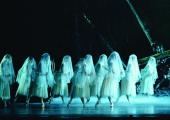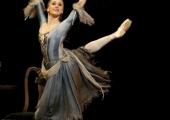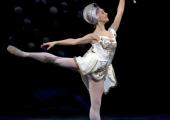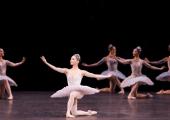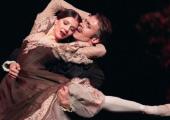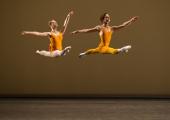Photo Gallery: 50 Years of the Ballet, By Colin Jones
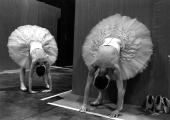
Rudy and Margot do intensely serious barre in an Italian garden, Lynn Seymour enjoys a "Loyal Ballet" poster on a 1962 Japanese tour, in Glasgow two ballet girls snatch some rest in uncomfortable chairs. The real world of ballet, as shot by the insider who became a world photographer, Colin Jones. Read the interview with him, describing the friendships and tragic dramas behind the exhibition of 50 years of his ballet pictures at Proud Chelsea Gallery - events as turbulent as anything onstage.

